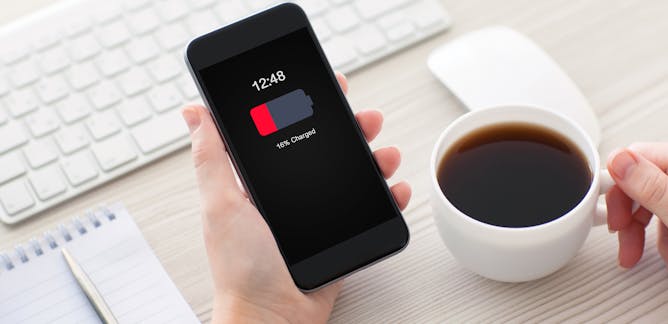

Smartphone Design: Unveiling Aesthetics and Functionality
The world of smartphones has evolved tremendously over the years, with constant innovations in design that go beyond mere aesthetics. A closer analysis of smartphone design reveals a delicate balance between form and function, where every curve and material choice contributes to the overall user experience.
Evolution of Smartphone Design
Smartphone design has come a long way from the bulky and utilitarian devices of the past. Early models prioritized functionality over style, with limited attention to aesthetics. However, as technology advanced and consumer preferences shifted, manufacturers began emphasizing sleek and visually appealing designs.
Modern smartphones showcase a seamless integration of hardware and software, with curved edges, glass backs, and edge-to-edge displays becoming commonplace. The evolution reflects a quest for the perfect blend of aesthetics and functionality, catering to users who seek both style and substance.
Material Choices and Ergonomics
One crucial aspect of smartphone design lies in the selection of materials. The choice of materials not only affects the device’s durability but also plays a significant role in its overall feel and aesthetic appeal. From the use of premium metals to durable glass, manufacturers carefully consider the tactile experience and durability of the materials chosen.
Ergonomics, too, is a key consideration. As smartphones become an integral part of our daily lives, manufacturers strive to create devices that feel comfortable in hand and are easy to use. This focus on ergonomics is evident in the design of curved edges, slim profiles, and strategically placed buttons, all contributing to a user-friendly experience.
Display Technology and Innovation
The display is a focal point of smartphone design, dictating not only the device’s visual appeal but also its overall usability. Advancements in display technology, such as OLED and AMOLED, have allowed for vibrant colors, deep blacks, and improved energy efficiency.
Innovations like edge-to-edge displays and foldable screens are pushing the boundaries of smartphone design. These features not only offer a larger canvas for multimedia consumption but also open up new possibilities for multitasking and user interaction. The continuous exploration of display technologies reflects the industry’s commitment to providing users with cutting-edge experiences.
User-Centric Design: Beyond Aesthetics
While aesthetics are undoubtedly important, user-centric design goes beyond mere visual appeal. It encompasses features like intuitive user interfaces, accessibility options, and thoughtful placement of buttons and ports. Manufacturers understand that a well-designed smartphone should not only look good but also be easy and enjoyable to use.
Smartphone Design Analysis
To delve deeper into the intricacies of smartphone design, one must consider the holistic approach adopted by manufacturers. The seamless integration of hardware and software, the careful selection of materials, and the relentless pursuit of innovation collectively contribute to the smartphones we hold in our hands today.
For a more in-depth understanding of smartphone design and the factors influencing it, you can explore comprehensive analyses at Smartphone Design Analysis. This platform provides valuable insights into the ever-evolving world of smartphone design, offering perspectives on the latest trends and technological advancements.
In conclusion, the journey of smartphone design reflects a continuous quest for perfection, where form and function converge to create devices that not only meet but exceed user expectations. As we witness ongoing innovations, it’s evident that smartphone design will continue to shape the way we interact with technology, blending aesthetics and functionality in unprecedented ways.







